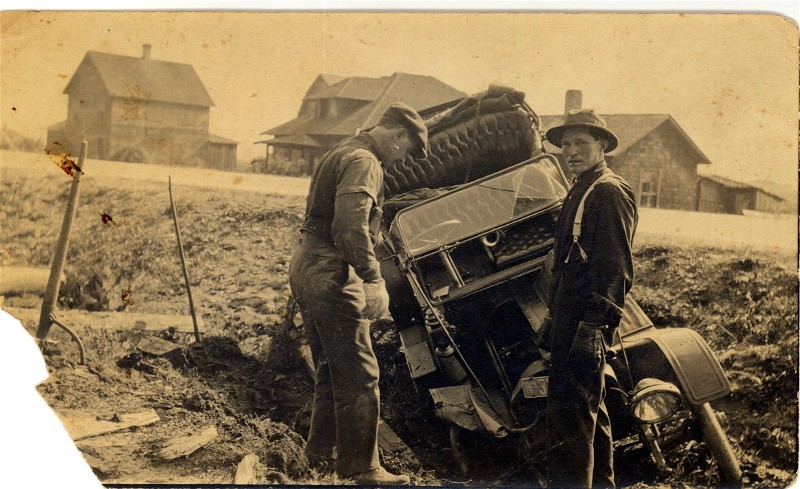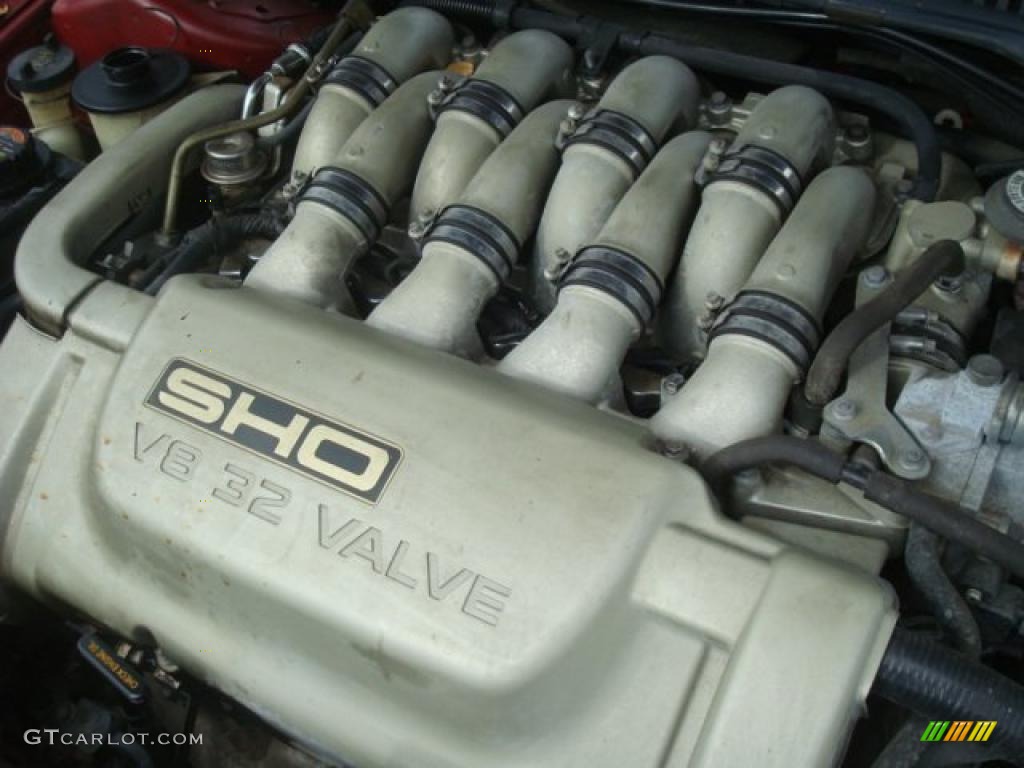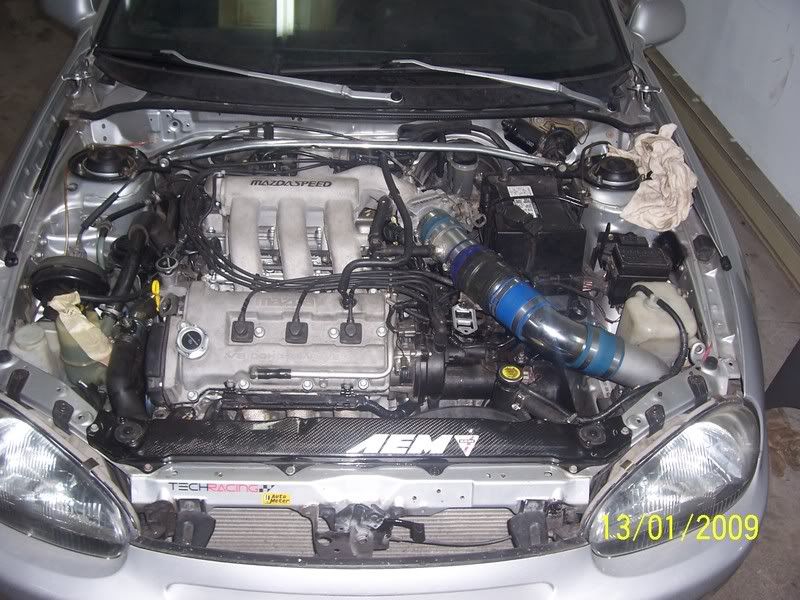
I was stoked when I found my Celica in the local classifieds and even more stoked after making the purchase. It was affordable, all-wheel-drive and had a turbocharged four cylinder with nearly 200 horsepower. It was my first car and I couldn't wait to start testing its limits.
Or so I thought. As it turned out I wasn't as dumb as I looked, because for the first six months I owned it, self preservation handedly won out over teenage bravado. After six months though, i finally worked up my courage enough to vividly experience the extent of my stupidity.
It was a left hand turn, nearly a hairpin, heading up a hill not too far from where I lived. As far as "places to do something stupid" go it wasn't half bad. Good sight lines and hardly any traffic. I remember thinking that if i were going to crash it wasn't going to be with anyone else.
Attack. Brakes. Turn in.
It was all going well. Then Jeremy Clarkson yelled "POWER!" in my head and I floored the gas. The Celica gave the meerest hint of hesitation, sighing almost as if it knew what was coming next. The turbo spooled, my front tires skidded and suddenly the right side of the car was about a foot lower than the left side. I had found the ditch.
This was not a good situation. But it immediately got worse as the ditch abruptly ended. I heard a loud banging sound and the right side of my car went from being a foot lower than the left side, to being about a foot higher than the left side, before finally finding solid ground again and leveling out.
I pulled over. Things looked kinda sort of okay. No obvious damage. But I can tell you right now that the Celica was never quite the same.
It took me a while to work up my courage like that again. But the young and foolish are not to be deterred for long. This time I'd found a spot that was the polar opposite of where i'd had my previous adventure.
Instead of uphill, it was downhill. Instead of turning left, it was turning right. Instead of tarmac it was gravel. "Instead of going into the ditch, i'm going to be awesome." I logically concluded.
I knew the physics of things. I'd drifted enough in video games to know how to control a car in a slide. This time, I was ready.
Lining up for the corner, things looked good. I hit it at just the right speed. There was no understeer this time. The rear end was coming around nicely, i just had to control it with the gas pedal and a beautiful four-wheel drift was mine. All i had to do was press the gas pedal.
Funny thing about panic, it kind of makes you forget what you're supposed to do. My brain said "gas! you fool!" my body said "AHHHH BRAKES!!!"
The Celica sighed again.
Almost as if in slow motion, the ass of my car swung around in a partial spin, shoving the nose of my car into the ditch and hillside there.
To it's credit, the Celica didn't just give up on me then and there (though there's an entertaining story for another time, when it did just that.) I threw it in reverse and without even a hint of unhappiness it pulled out of the ditch. Not exactly the way I'd intended to use the all-wheel-drive heading into this mess. The front bumper was crumpled and wavy looking after that, but luckily it was entirely cosmetic.
I limped home, tail between my legs. It was the last time the Celica was ever in the ditch by my hand, though thankfully it wasn't the last time I ever got it sideways. I'd learned my lesson though. The next time oversteer happened, it was in an empty snow covered parking lot, the Celica for once, not getting the chance to sigh at my incompetence.

This was the actual car. You poor poor bastard you.








